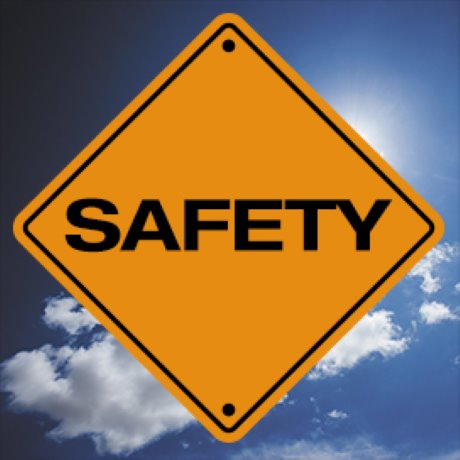Bob Barter has been working with asbestos since 1975 and was one of the first in the Vancouver area to do asbestos removal. Today, the 60-year-old said his health is "fantastic," a state he credits to his insistence on always wearing protective gear, even when regulations and attitudes were lax or ignored.
"In the old days we wore half masks or didn’t have equipment," said Barter, who’s still working in the industry as well as serving as secretary for the Heat and Frost Insulators, Local 118.
In December, the federal government announced it intends to ban the use of asbestos by 2018.
Health Canada and Environment Canada are creating anti-asbestos laws under the Canadian Environmental Protection Act. The federal government is also working with the Canadian Commission on Building and Fire Codes to eliminate references to asbestos from national building codes.
As Barter knows, one further aspect of the asbestos minefield is ensuring asbestos removal in all buildings is done safely. Homes or other structures built prior to 1990 could contain asbestos.
Despite robust regulations, Tom Sigurdson, executive director of the BC Building Trades Council, foresees asbestos removal being an issue for many years.
"Public awareness about asbestos is not good," he said. "There’s no fail-proof way to know if asbestos is in a building."
That’s because the fibrous mineral, used for its insulating and fireproofing abilities, appeared in everything from brake pads and clothing, plastics and even in cigarette filters. Sigurdson said millions of Canadians may have been exposed to the mineral, which after being breathed in, breaks down in the body and burrows into the linings of the lungs, causing serious illnesses like mesothelioma or asbestosis.
Mining of asbestos in Canada began in the 1870s in Quebec and the product was soon put to use. Since 1980, procedures to safely remove asbestos have been in place in Canada, Barter said.
"There’s no excuse not to do it right," he said.
Given the grave danger posed by asbestos exposure, all provinces have tight OH&S regulations.
"It’s cut and dried, black and white," Barter said. "There’s no mystery about how to deal with it."
In B.C. for example, anyone can call WorkSafeBC, which in addition to having substantial online, site-specific information, will physically visit worksites across the province to ensure abatement is being safely carried out, Barter said.
Before asbestos removal can proceed, a company is to notify WorkSafeBC with a Notice of Project (NOP) which becomes the first part of the crucial paper trail to document how the project was carried out. If future employee claims are made, the NOP is invaluable.
All parties involved sign off and all employees are FIT tested for respirators at the project’s start. Employees must know how to use respirators and if they have any stubble on their face, are told to go home and shave, Barter said. Projects are classified as either low, medium or high risk.
Before the job can begin, the abatement area must be totally isolated and closed in, usually by using polyethylene plastic. Giant fans with filters draw air out of the area.
To finalize the work, the area is inspected by an expert who also examines whether all equipment/objects in the area are clean and free of asbestos. If any bulk or raw asbestos is found, it’s back to square one for cleanup, Barter said. Given that a teaspoon of asbestos could contaminate a stadium, the inspection process is rigorous, he added.
When the area is given the inspector’s green light, the space is sprayed with a specialized white liquid that captures airborne materials and then adheres the materials to walls or floors thus neutralizing the area. An air sample is then taken and analyzed and if it meets the threshold, the enclosure can be dismantled, indicating no risk to humans.
Barter wouldn’t estimate abatement costs today but said "in the old days," abatement cost $4 per square foot.
Today, even with clearcut abatement regulations, he notes the "dark days aren’t over." A company that’s been doing asbestos abatement work in Vancouver for several years has been fined almost $280,000 by WorkSafeBC for violations described as "repeated" or "high risk" for asbestos removal between 2013 and 2015.
As the federal government moves to eliminate asbestos, Sigurdson is urging municipalities to licence those who do asbestos abatement. To guarantee employee and client safety, it’s paramount that asbestos work is done by qualified, accredited companies, Sigurdson said.
"If you get somebody unskilled, uncredentialled, take a scraper to old lino, for example, the chance of having airborne asbestos is pretty good," he warned. "Contractors that want to cheat, they don’t care."
Over the next few decades, it is expected that many cases of lung cancer caused by asbestos, not only in construction workers, but roughly other 70 other occupations, everyone from power plant employees and railroad workers to textile mill workers and cement plant employees, said Sigurdson.
"The latency period is decades," he said.
"You can be exposed today and 25 years later have problems."











Recent Comments
comments for this post are closed